The Evolution of Pepe: From Comic Strip to Internet Icon
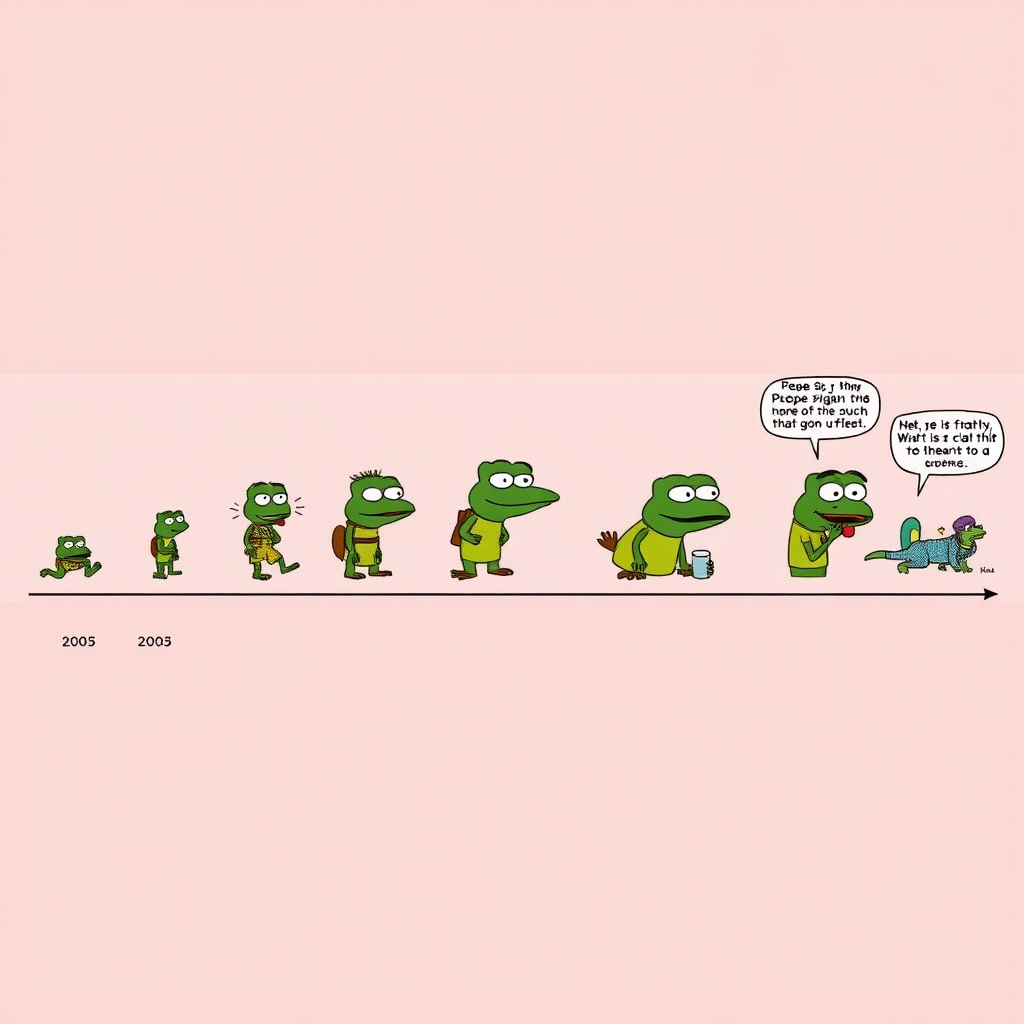
Few characters in internet history have undergone as dramatic a transformation as Pepe the Frog. What began as a simple cartoon frog in Matt Furie's indie comic has evolved into one of the most recognizable symbols of internet culture art and meme communities worldwide.
The Humble Beginnings: Boys Club Comic
In 2005, artist Matt Furie introduced the world to Pepe through his webcomic "Boys Club." The original Pepe was a laid-back, anthropomorphic frog living with his roommates in a carefree world of friendship and simple pleasures. This early version of Pepe was characterized by his catchphrase "feels good man" and represented a sense of contentment and peace.
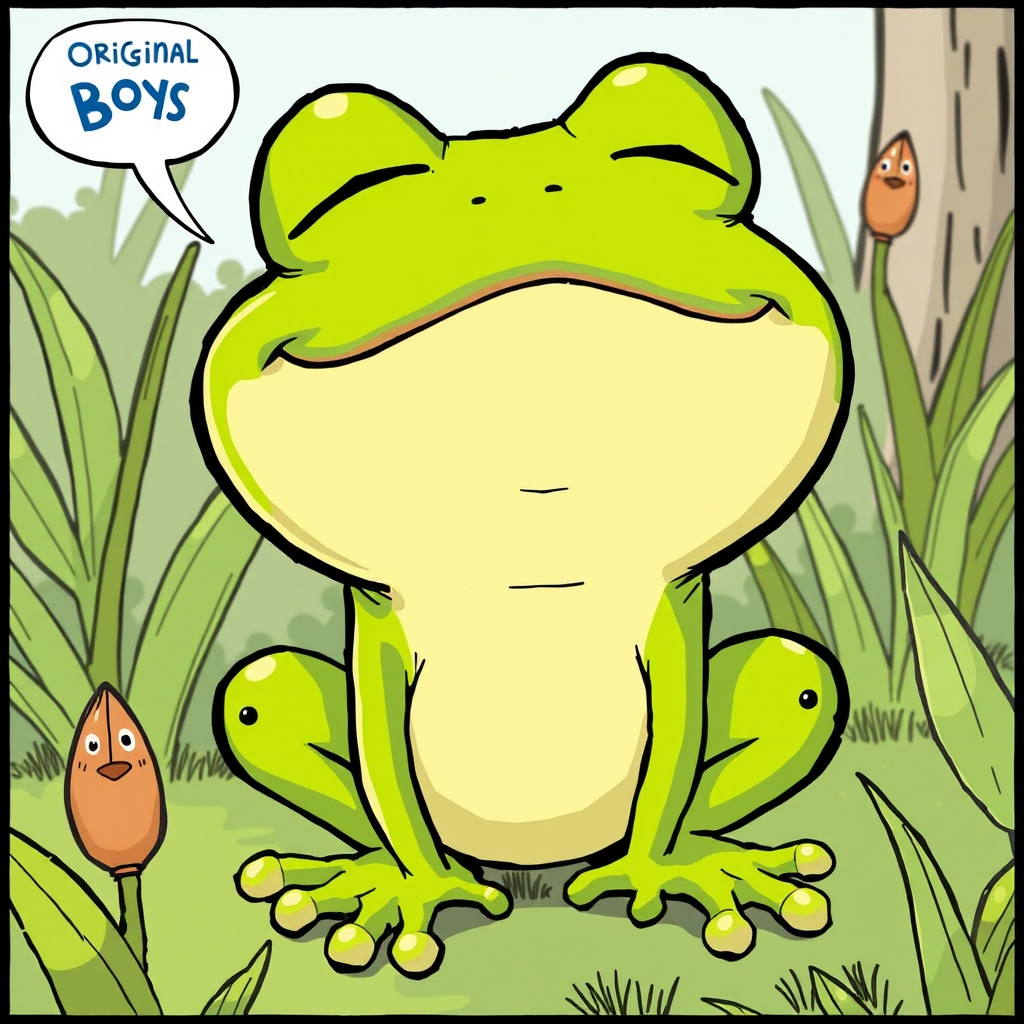
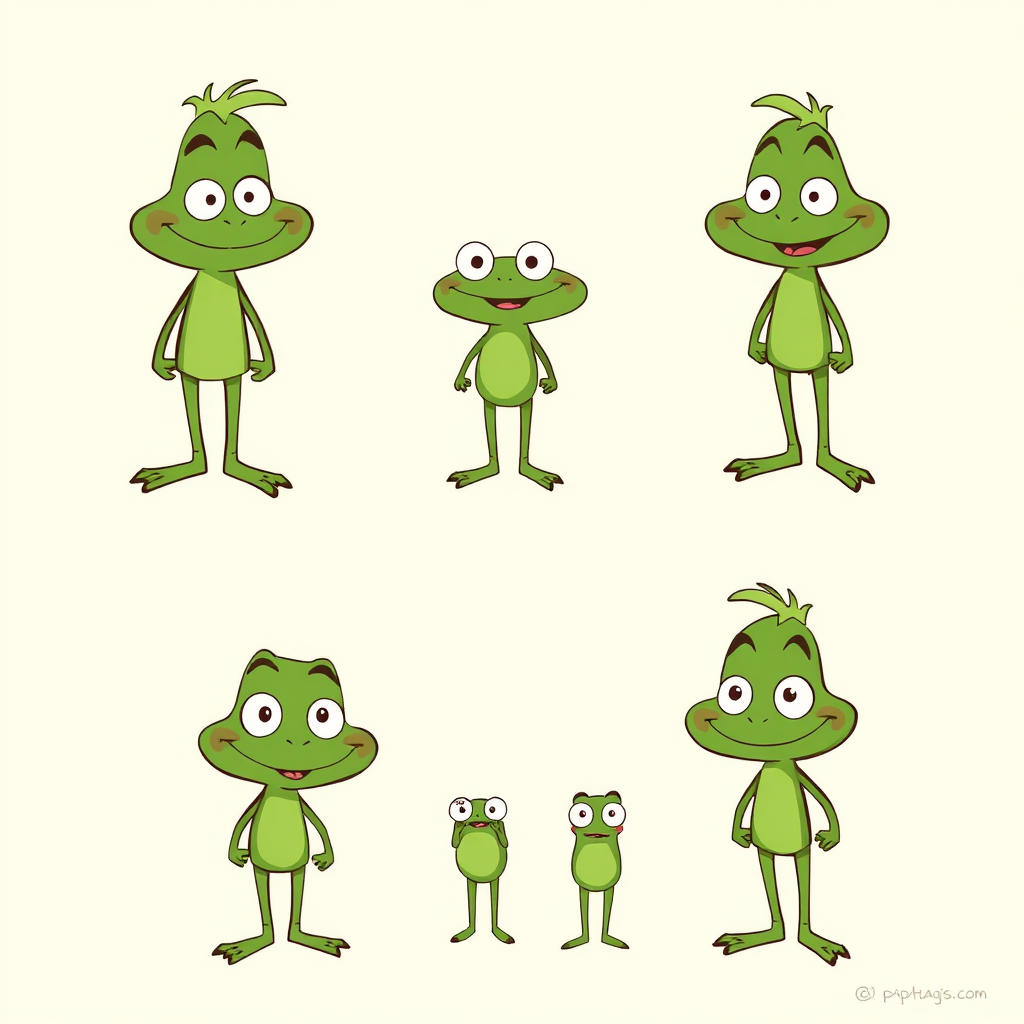
The comic depicted Pepe as part of a group of friends navigating everyday situations with humor and camaraderie. Furie's art style was distinctive yet accessible, featuring clean lines and expressive characters that would later prove perfect for digital adaptation and meme creation.
The MySpace Era: First Steps into Digital Culture
Around 2008, Pepe began his journey into mainstream internet culture through MySpace. Users started sharing panels from the Boys Club comic, particularly those featuring Pepe's relaxed demeanor and positive attitude. The "feels good man" phrase resonated with users looking to express contentment in the early days of social media.
"The transition from comic to meme wasn't planned – it happened organically as people connected with Pepe's simple message of feeling good about life."
During this period, Pepe maintained his original positive connotations. He was shared among friends as a way to express satisfaction, relaxation, and general well-being. The character's simple design made him easy to reproduce and share across different platforms.
4chan and the Meme Explosion
The real transformation began when Pepe migrated to 4chan around 2009-2010. The anonymous imageboard's culture of remixing and recontextualizing content provided the perfect environment for Pepe's evolution. Users began creating variations of the character, adapting his expression and context to fit different emotions and situations.
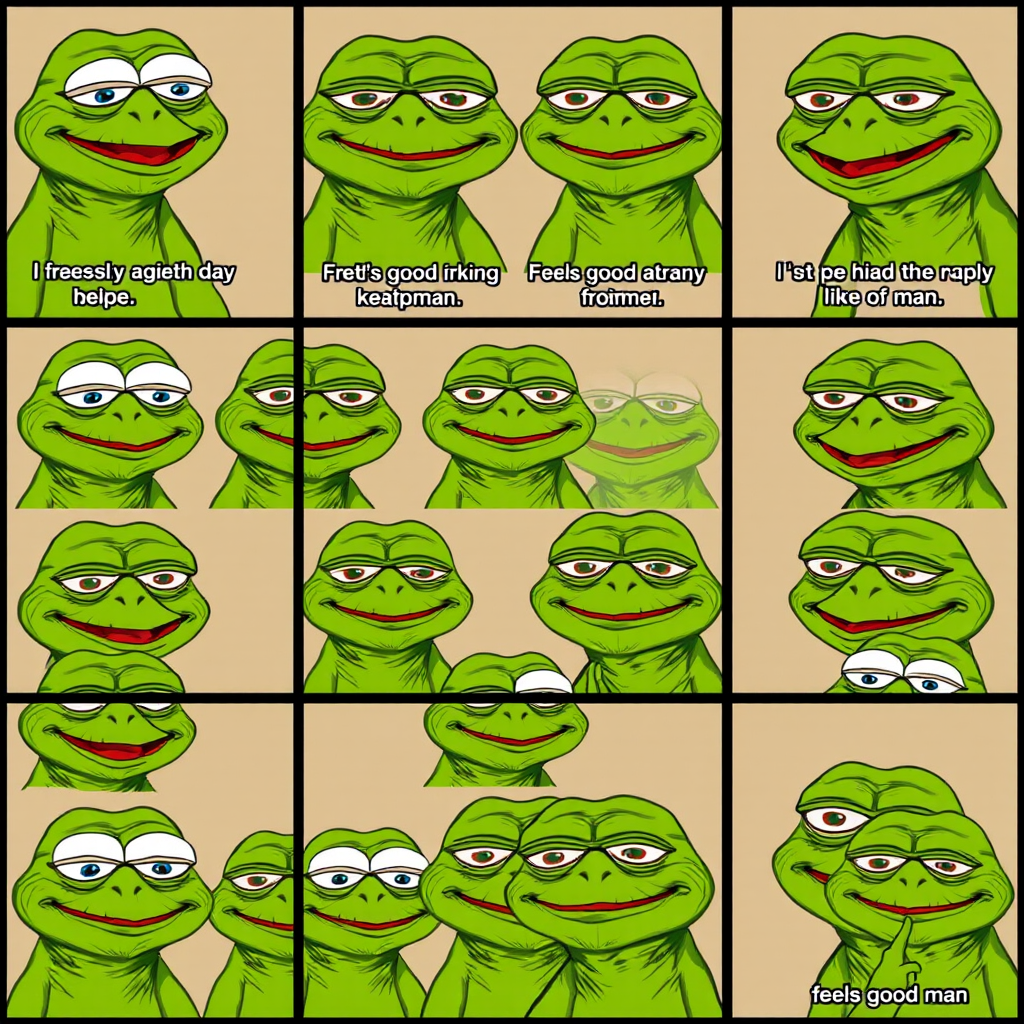
This period saw the birth of numerous Pepe variants: Sad Pepe, Angry Pepe, Smug Pepe, and countless others. Each variation captured a specific emotion or reaction, making Pepe incredibly versatile as a form of digital expression. The art community memes surrounding Pepe began to flourish as users contributed their own interpretations.
The Rare Pepe Phenomenon
One of the most significant developments in pepe meme culture was the emergence of "Rare Pepes" – unique, often elaborate variations of the character that users would create and trade like digital collectibles. This concept introduced scarcity and value to meme creation, foreshadowing later developments in digital art and NFTs.
- Artists began creating increasingly complex Pepe variations
- Trading communities formed around rare and unique designs
- The concept of digital scarcity in memes was established
- Creative boundaries were pushed with artistic interpretations
Mainstream Adoption and Cultural Impact
By 2014-2015, Pepe had transcended his 4chan origins and entered mainstream internet culture. Social media platforms like Twitter, Instagram, and Reddit saw widespread adoption of Pepe memes. Celebrities, influencers, and brands began incorporating the character into their content, cementing his status as a cultural icon.

The character's versatility made him perfect for expressing the full spectrum of human emotions in the digital age. From lilpepe variations that captured innocence and youth to more sophisticated artistic interpretations, Pepe became a universal language of internet expression.
The Artistic Renaissance
As Pepe's popularity grew, so did the artistic quality of his interpretations. Digital artists began creating sophisticated cartoon frog pictures that elevated the character from simple meme to legitimate art form. This period saw the emergence of Pepe as a subject for serious artistic exploration.
The little pepe variations became particularly popular, often depicting the character in innocent, childlike scenarios that contrasted with some of the more complex cultural associations he had acquired. These wholesome interpretations helped maintain Pepe's appeal across diverse audiences.
Digital Art Communities
Online art communities embraced Pepe as both subject and inspiration. Platforms like DeviantArt, ArtStation, and various Discord servers became hubs for Pepe-inspired creativity. Artists experimented with different styles, from photorealistic renderings to abstract interpretations.
Modern Pepe: A Global Phenomenon
Today, Pepe exists in what could be called the "pepe world" – a vast ecosystem of memes, art, communities, and cultural references. The character has been translated into dozens of languages, adapted for countless cultural contexts, and continues to evolve with each new generation of internet users.
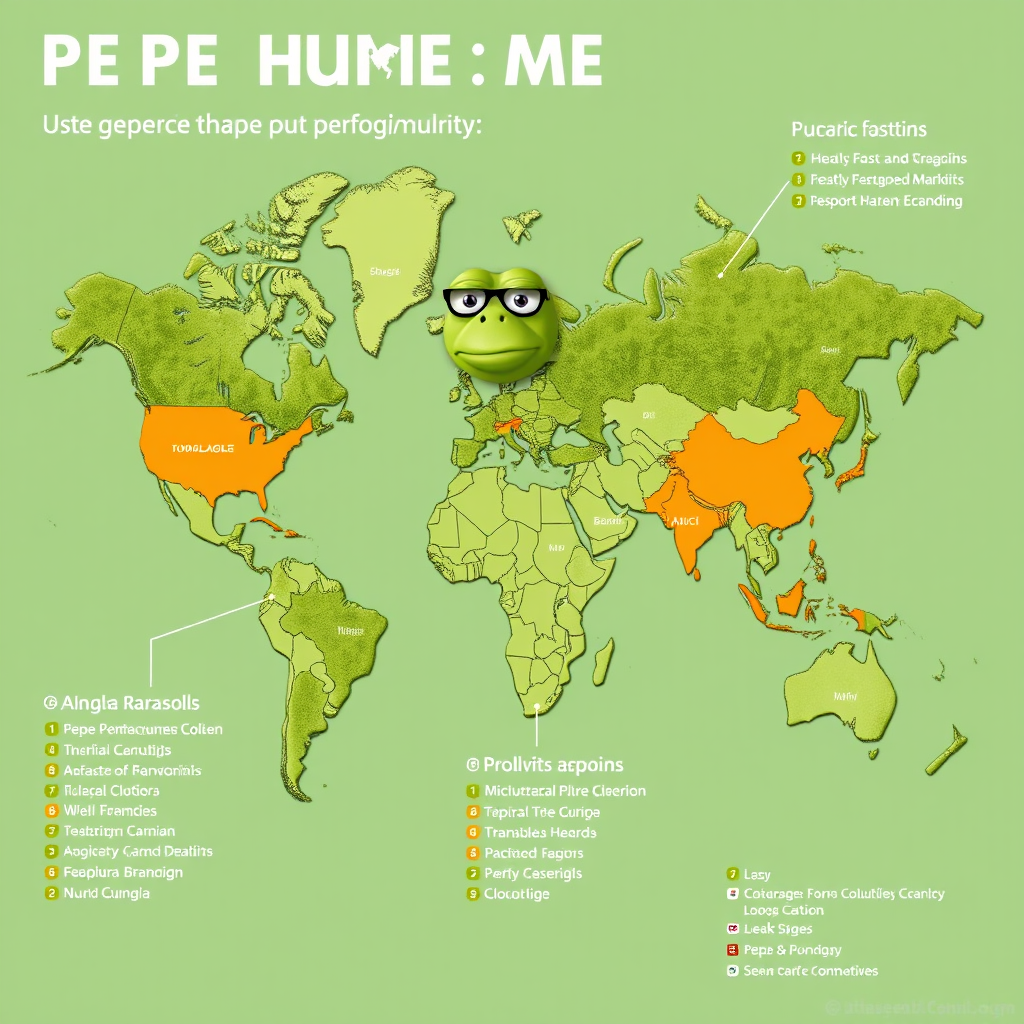
The character's journey from Matt Furie's original comic to global internet icon represents one of the most remarkable transformations in digital culture history. Pepe has become more than just a meme – he's a symbol of how internet culture art can evolve, adapt, and find meaning across different communities and contexts.
Legacy and Future
As we look toward the future, Pepe's evolution continues. New platforms, technologies, and cultural movements provide fresh contexts for the character's ongoing transformation. From -based collectibles to virtual reality experiences, Pepe adapts to each new digital frontier.
The story of Pepe's evolution demonstrates the power of internet culture to transform simple creative works into global phenomena. It shows how art community memes can transcend their origins to become part of our shared digital language, connecting people across cultures, languages, and generations.
Key Takeaways
- Pepe's journey from comic character to internet icon spans nearly two decades
- Each platform and community has contributed to his evolution and cultural significance
- The character's versatility has made him a universal form of digital expression
- Pepe represents the democratization of art and culture in the digital age
- His continued evolution reflects the dynamic nature of internet culture